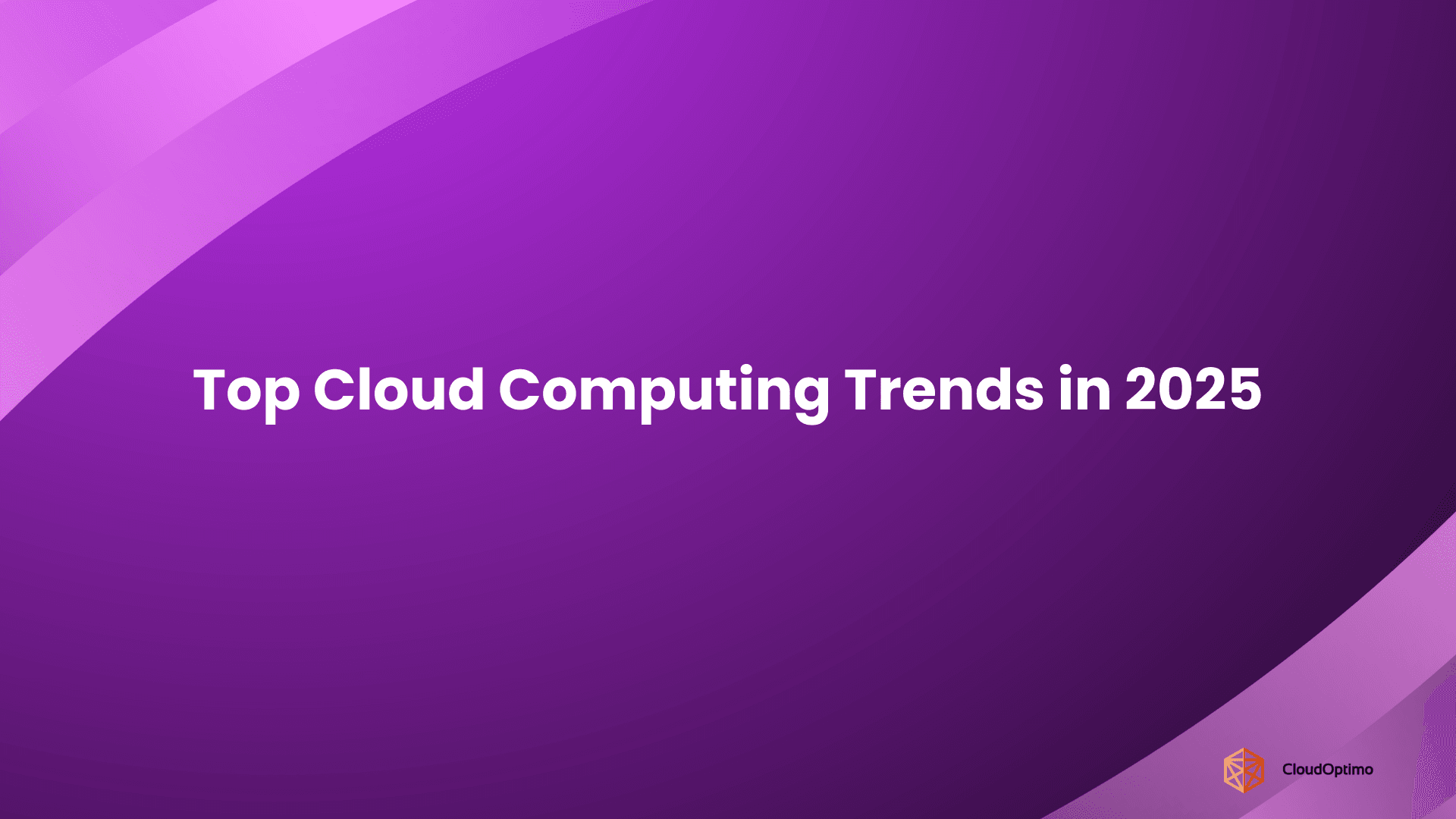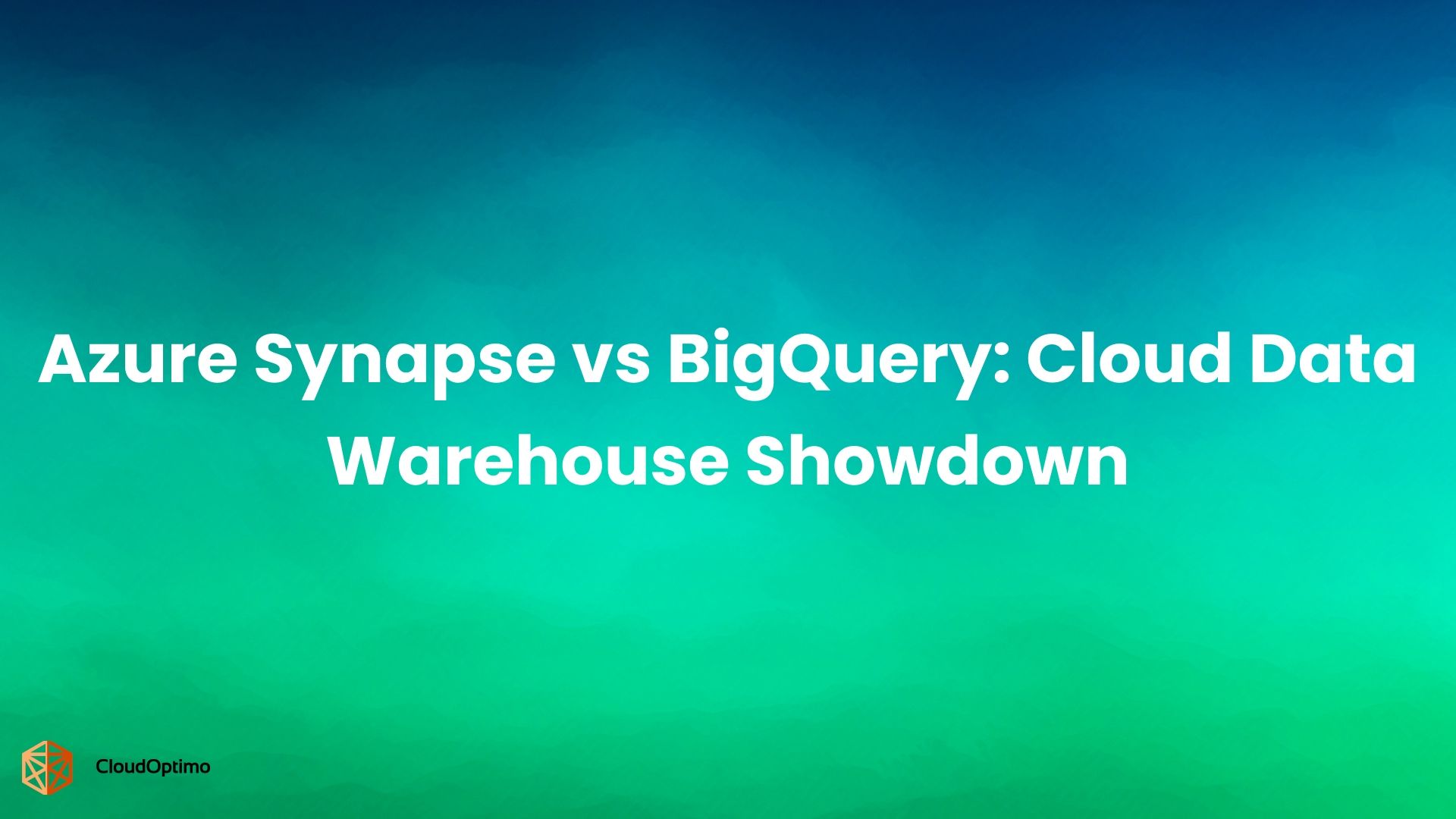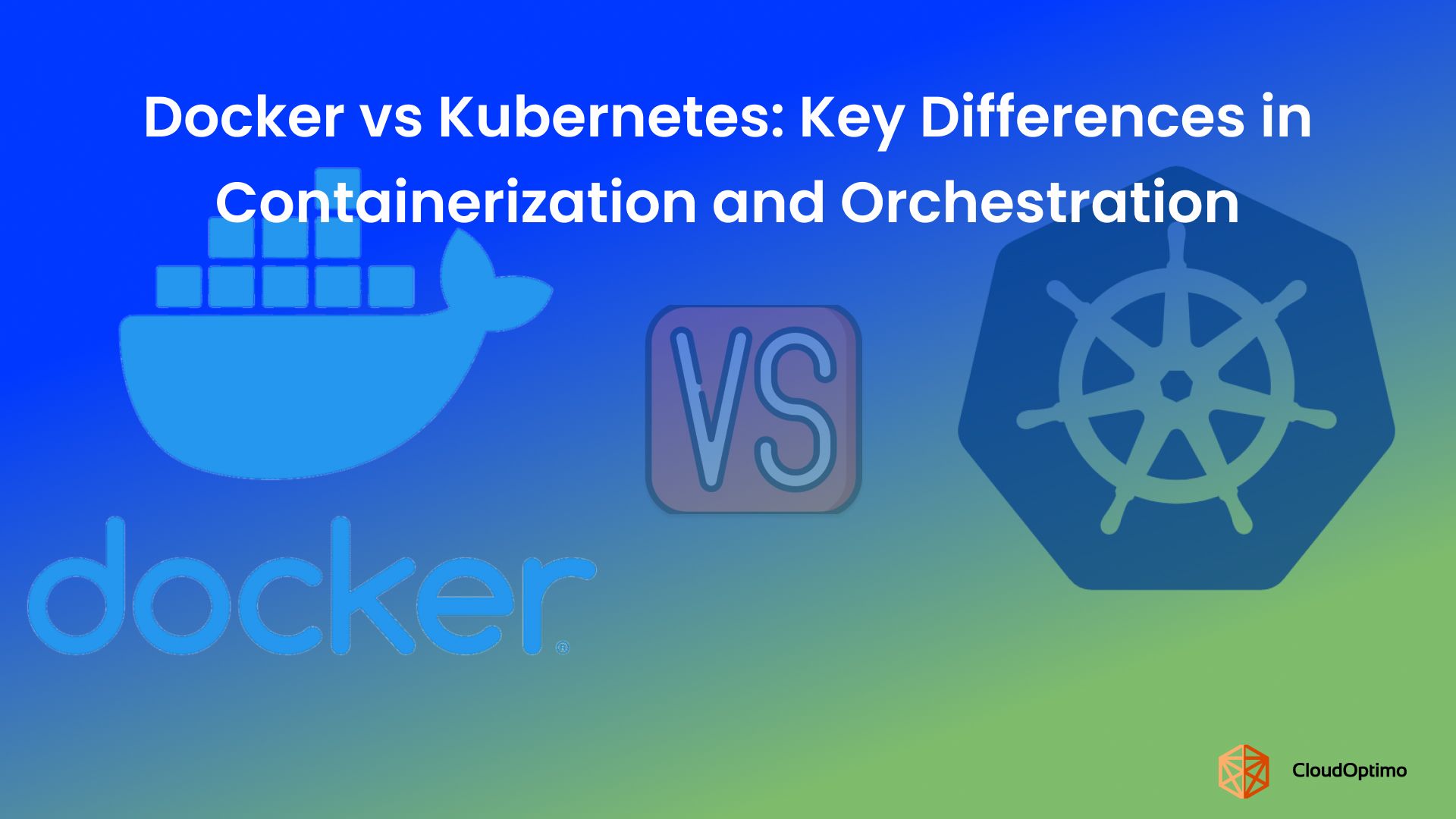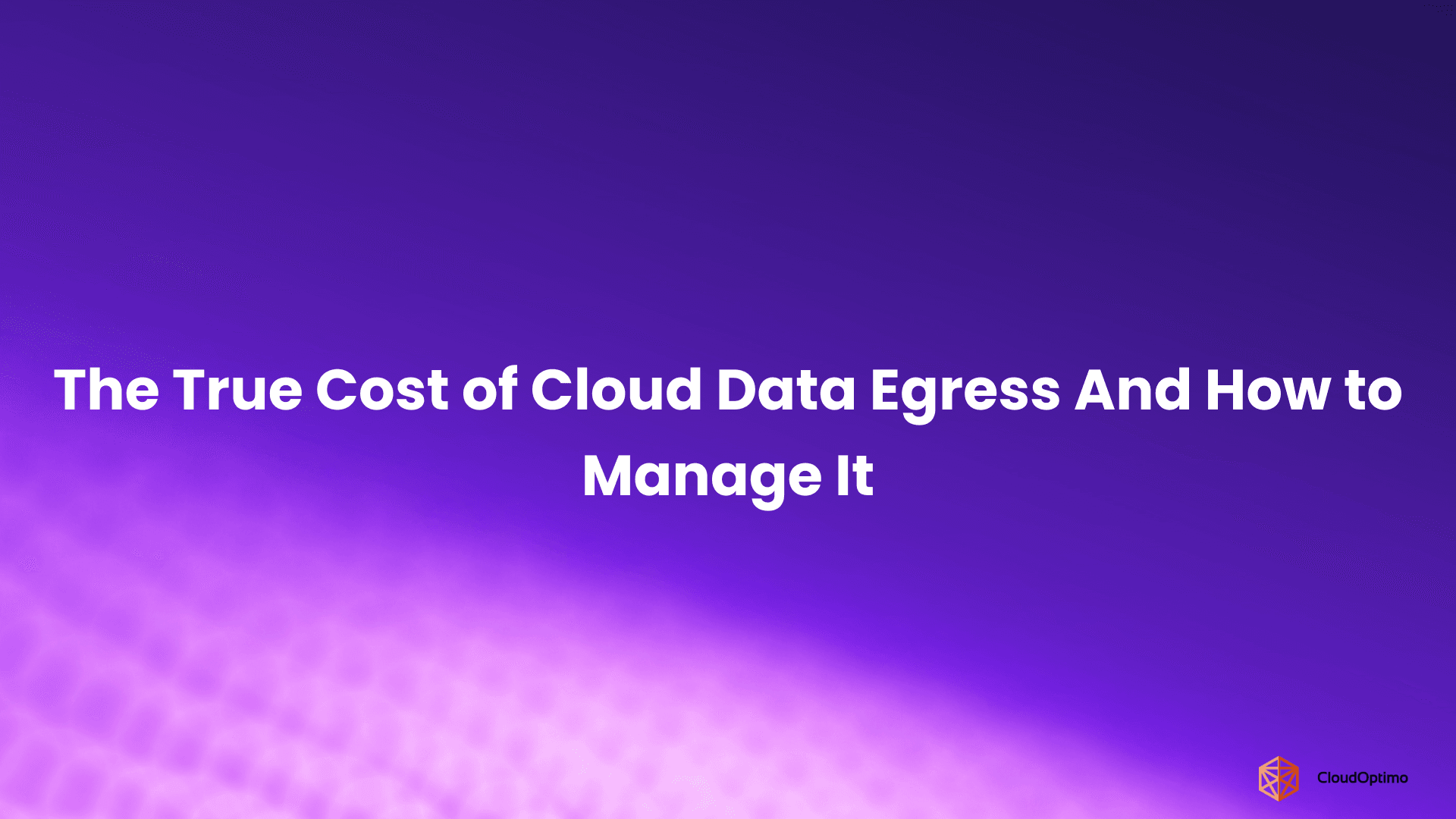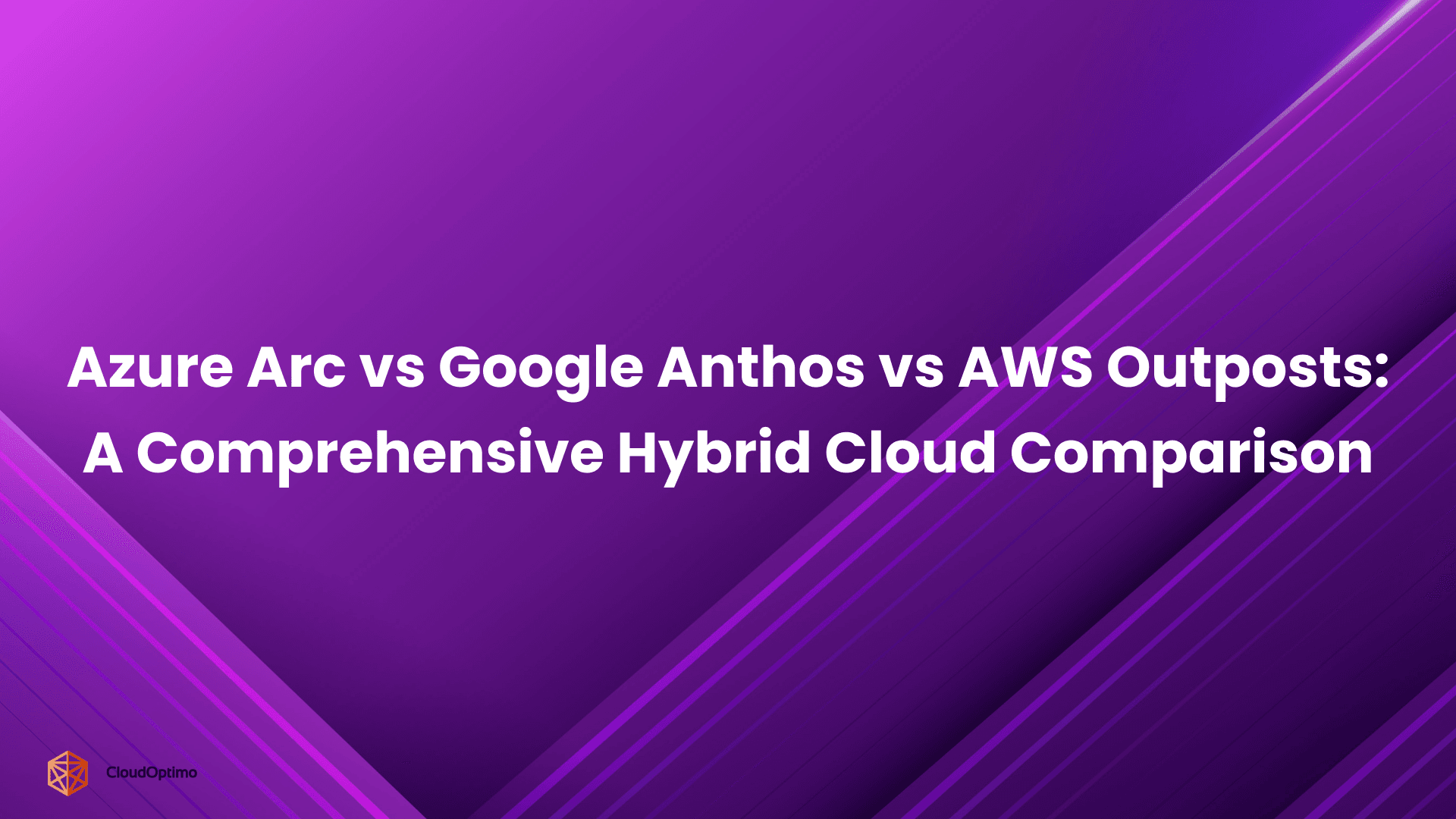What is Amazon CloudWatch?
Amazon CloudWatch is a comprehensive monitoring and observability service designed for developers, system operators, site reliability engineers (SREs), and IT managers. It delivers real-time data and actionable insights to help you monitor applications, understand system-wide performance, and optimize resource use.
Traditional monitoring tools, relying on manual log reviews and static dashboards, struggle to keep pace with today’s dynamic cloud environments. Modern infrastructures are often distributed across multiple regions and accounts and incorporate serverless functions and containers. CloudWatch addresses these challenges by offering:
- Seamless collection of metrics from AWS services and custom applications
- Near real-time log aggregation and analysis
- Automated alarms to trigger notifications or actions
- Customizable dashboards for visualizing operational data
- Event-driven automation to respond swiftly to system changes
By going beyond simple alerting, CloudWatch helps prevent downtime, optimize performance, and automate recovery, supporting both simple applications and complex multi-account architectures.
Core Value Proposition and Business Benefits
CloudWatch provides significant operational and business advantages:
- Proactive Monitoring: Set alarms on thresholds and trends to catch issues before they escalate.
- Centralized Visibility: Unified view of metrics, logs, and events across all AWS services and custom applications.
- Cost Optimization: Identify underutilized resources and detect abnormal usage patterns.
- Improved Reliability: Monitor application health and infrastructure performance to meet SLAs and compliance requirements.
- Automation: Automate remediation actions using CloudWatch Events and AWS Lambda.
For teams practicing DevOps or running mission-critical workloads, CloudWatch becomes not just a tool but an essential part of the operational workflow.
Monitoring vs. Observability: Understanding the Difference
Monitoring and observability are foundational concepts in managing cloud systems, yet they serve different purposes. Monitoring focuses on tracking specific metrics and alerting when these exceed defined thresholds. It answers the question: Is the system working as expected? For example, CloudWatch metrics help identify if CPU utilization is too high or if errors spike beyond a certain level.
Observability goes a step further. It provides the tools and data necessary to understand why something is happening within the system. This means exploring logs, traces, and other signals to uncover hidden issues or complex failures. Amazon CloudWatch supports both monitoring through its metrics and alarms, and observability through log analysis and anomaly detection capabilities. Together, they give teams both the immediate alerts they need and the investigative insights to improve system health over time.
CloudWatch in the AWS Ecosystem
One of CloudWatch’s greatest strengths is its deep integration with AWS services. It collects and stores metrics automatically from more than 70 AWS services, providing a unified monitoring experience without requiring extensive setup.
Key services that CloudWatch monitors include:
| AWS Service | Key Metrics Monitored by CloudWatch |
| Amazon EC2 | CPU utilization, disk read/write, network traffic, and status checks |
| AWS Lambda | Invocation counts, durations, error rates |
| Amazon RDS | Database connections, read/write latency, throughput |
| Amazon ECS and EKS | Container CPU usage, memory usage |
| DynamoDB | Read/write capacity units, throttled requests |
| API Gateway | Request counts, latencies, and integration errors |
| S3 and CloudFront | Request volume, error rates, and data transfer volumes |
Each service produces important performance indicators, which CloudWatch captures continuously. This seamless data flow enables near real-time visibility into resource health and application behavior, making diagnosing issues or optimizing performance across your AWS environment easier.
This tight integration means minimal setup is required, metrics begin flowing as soon as a service is launched.
How CloudWatch Complements Other AWS Services?
CloudWatch fits within a broader AWS monitoring and governance ecosystem, each service addressing different aspects of system management:
- AWS CloudTrail records detailed logs of API activity and user actions, supporting security audits and compliance
- AWS Config tracks changes to resource configurations, enabling governance and compliance monitoring
- AWS X-Ray offers distributed tracing for diagnosing performance bottlenecks and errors in complex, microservices-based applications
While CloudTrail and Config provide visibility into who changed what and how components are configured, CloudWatch focuses on what is happening in your system in real time—delivering operational metrics, logs, alarms, and events that reflect system health and performance.
Together, these services create a comprehensive observability and governance framework that supports both security and operational excellence.
Integration Points with Common AWS Services
CloudWatch’s integrations allow you to build automated, responsive cloud operations:
- AWS Auto Scaling: CloudWatch metrics can automatically trigger scaling actions, adjusting the number of EC2 instances or containers to match demand
- Amazon SNS and AWS Lambda: Alarms can send notifications to teams or invoke Lambda functions for automated remediation workflows
- AWS CloudFormation: You can embed CloudWatch monitoring directly into infrastructure-as-code templates for consistent deployment and management
- Amazon EventBridge: Enables event-driven automation by routing CloudWatch events to various targets, such as Lambda functions or Step Functions, to orchestrate complex workflows
These integrations let you transform raw monitoring data into actionable operations, improving system resilience and reducing manual intervention.
Core Components of CloudWatch
Amazon CloudWatch offers a set of core components that work in harmony to monitor modern cloud environments. Each component plays a specific role in providing visibility, control, and operational insights across AWS workloads.
- Metrics: Measuring Performance at Scale
Metrics are time-stamped data points that represent the performance or behavior of a resource.They represent quantitative data points collected over time, such as CPU utilization, request latency, or disk I/O, and form the basis for all monitoring insights.
CloudWatch supports both:
- Built-in metrics from AWS services (e.g., EC2, Lambda, RDS).
- Custom metrics from applications and business logic (e.g., user signups, transaction latency).
These metrics can be viewed in isolation, combined using Metric Math, or used to power alarms and dashboards. By analyzing trends over time, organizations can make data-driven decisions around scaling, cost optimization, and reliability.
- Logs: Capturing Operational Events
CloudWatch Logs allow you to centralize, store, and analyze log data from applications, services, and AWS resources. Whether it's error messages from Lambda functions or access logs from an API Gateway, log data provides critical context to performance metrics.
Key capabilities include:
- Real-time ingestion of logs from multiple sources.
- Structured filtering and searching for troubleshooting and auditing.
- CloudWatch Logs Insights, a purpose-built query language for analyzing log data at scale.
Proper log management helps organizations diagnose issues faster, understand user behavior, and ensure operational transparency.
- Alarms: Turning Insights into Action
Alarms in CloudWatch monitor metrics against defined thresholds and enable automated responses when conditions are met. Each alarm can exist in one of three states: OK, ALARM, or INSUFFICIENT_DATA.
Alarms are commonly used to:
- Notify teams through Amazon SNS, Slack, or email.
- Trigger automation, such as Lambda functions or Auto Scaling policies.
- Integrate with incident response workflows, ensuring fast mitigation.
Dynamic thresholds and anomaly detection can further reduce false positives and improve alert accuracy.
- Dashboards: Visualizing Health and Performance
CloudWatch Dashboards provide customizable, real-time views of operational data. These dashboards help teams monitor KPIs, correlate metrics, and maintain situational awareness across distributed systems.
Features include:
- Multi-service and cross-region visualizations.
- Role-specific dashboards for DevOps, executives, or product teams.
- Integration with metrics, alarms, and custom widgets.
Dashboards improve decision-making by making complex data easy to interpret at a glance.
- Events and Automation: Reacting in Real Time
CloudWatch integrates with Amazon EventBridge to detect and respond to system changes in real time. Events are generated when specific actions occur (e.g., an EC2 instance changes state, a deployment completes), and rules can route these events to various targets.
Common use cases include:
- Automated remediation, such as restarting a failed instance.
- Security operations, like logging and alerting on unauthorized access.
- Workflow orchestration, using Step Functions or Lambda to handle complex logic.
EventBridge enables proactive cloud operations through event-driven automation.
Advanced CloudWatch Features
Custom Metrics: Tailoring Monitoring to Your Application
While CloudWatch provides rich built-in metrics for AWS services, many organizations need visibility into application-specific behavior. Custom metrics fill this gap by allowing you to define and publish your own data points—metrics that truly reflect your business and operational logic.
Typical custom metrics include:
- Number of successful user signups per hour
- API response times for specific endpoints
- Queue depth for asynchronous processes (e.g., SQS)
You can publish custom metrics using:
- AWS CLI or SDKs
- CloudWatch Agent
- Embedded instrumentation in your application code
This approach ensures that you’re not just monitoring infrastructure—but the real outcomes that matter to your users.
Metric Math: Turning Raw Data into Insights
CloudWatch’s Metric Math feature allows you to perform calculations directly within the platform, without needing external tools or custom scripts. It’s especially useful for creating composite metrics that aggregate or derive meaningful insights.
Examples of Metric Math in action:
- Average CPU utilization across an entire Auto Scaling Group
- Calculated error rate: 1 - (successful requests / total requests)
- Cost efficiency ratios or conversion rates
This feature empowers teams to monitor complex performance indicators with minimal setup, and to create alarms based on calculated thresholds—not just raw metrics.
Anomaly Detection: Finding What Doesn’t Belong
As applications scale and usage patterns vary, static thresholds may no longer suffice. CloudWatch Anomaly Detection brings machine learning into the mix, allowing the system to automatically learn expected metric behavior and flag unusual patterns.
It’s particularly valuable for:
- Spotting sudden traffic spikes that could indicate abuse or bot activity
- Detecting memory or disk usage anomalies that might signal leaks
- Identifying performance regressions before they affect end users
Anomaly Detection adapts over time, reducing false positives and enabling a smarter, more proactive monitoring approach.
Cross-Account Monitoring: Centralized Visibility Across Organizations
Large organizations often operate across multiple AWS accounts for security, cost control, or organizational boundaries. CloudWatch Cross-Account Monitoring enables you to consolidate dashboards and alarms across accounts, offering a unified operational view.
Key benefits include:
- A single-pane-of-glass for leadership and operations teams
- Centralized alerting and remediation workflows
- Simplified compliance and auditing through shared observability
This feature is critical for enterprises looking to enforce standards and maintain clarity in complex, multi-account environments.
CloudWatch Logs: Management and Analysis
Logs are invaluable for understanding the detailed behavior of your applications and infrastructure. Amazon CloudWatch Logs provides a robust platform not only to store logs but also to organize, filter, analyze, and route them effectively.
Organizing Log Groups and Streams
Logs in CloudWatch are structured into two layers for better management:
- Log Groups: These are logical containers that group related logs, often by application, environment, or service.
- Log Streams: Within each group, streams represent ordered sequences of log events, typically corresponding to individual instances or sources.
Using consistent and meaningful naming conventions for log groups and streams simplifies navigation, access control, and troubleshooting.
Subscriptions and Log Filtering
To unlock the full value of your logs, CloudWatch supports subscriptions that allow you to forward log data in near real-time to other AWS services or external tools, including:
- Amazon Kinesis or AWS Lambda for real-time processing and custom actions.
- Third-party analytics and monitoring platforms like Splunk or Datadog for enhanced visualization and correlation.
Filters let you extract structured information from unstructured logs, enabling focused insights such as error detection or transaction tracing.
CloudWatch Logs Insights: Powerful Querying at Scale
CloudWatch Logs Insights provides an interactive query language that lets you search and analyze vast amounts of log data quickly and efficiently. For example, to identify recent error messages, you might use a query like:
| sql fields @timestamp, @message | filter @message like /ERROR/ | sort @timestamp desc | limit 20 |
This powerful capability accelerates troubleshooting and root cause analysis by turning raw logs into actionable intelligence.
Dashboards: Visualizing, Automating, and Sharing Insights
Dashboards in Amazon CloudWatch serve as your centralized monitoring control room, providing a clear and customizable view of your cloud environment. They help teams track system health, key performance indicators (KPIs), and alarms in real-time, making it easier to respond proactively.
Creating Effective Dashboards
A well-designed dashboard is more than just a collection of graphs; it’s a tailored tool that meets the needs of its users. Consider these best practices:
- Role-Specific Views: Different teams have different priorities. For example, DevOps engineers might focus on infrastructure metrics like CPU and memory utilization, while business teams may track application performance or customer experience KPIs.
- Focus on Key Metrics: Limit dashboards to the most critical data points that drive decision-making to avoid information overload.
- Automation: Set dashboards to update automatically with real-time data, so your insights are always current without manual refreshes.
- Use Mixed Widgets: Combine metrics, alarms, and custom widgets like text or annotations to provide context and clarity.
Sharing Dashboards Securely
Collaboration is essential, but so is controlling access. CloudWatch lets you:
- Grant Access via IAM: Assign permissions to specific IAM users or roles, ensuring only authorized personnel can view or modify dashboards.
- Cross-Account Sharing: Use resource policies to securely share dashboards across AWS accounts, which is especially useful for large organizations or managed service providers.
By combining visualization, automation, and secure sharing, CloudWatch dashboards empower teams to maintain situational awareness and react quickly to issues.
Alarms and Notifications: How to Set Smart Alerts
CloudWatch Alarms are a core feature that helps you monitor your AWS resources and applications by continuously evaluating metrics against predefined thresholds. When a metric crosses a threshold, the alarm changes its state and can trigger automated responses or notifications.
Understanding Alarm States and Thresholds
Alarms transition between three primary states:
- OK: The metric is within the expected range.
- ALARM: The metric has breached the defined threshold.
- INSUFFICIENT_DATA: There isn’t enough data to determine the state.
Thresholds can be set in two ways:
- Static thresholds: Fixed values, such as CPU utilization exceeding 80%.
- Dynamic thresholds: Adaptive values based on statistical analysis, such as percentiles or anomaly detection, to accommodate variable workloads.
Integrating Alarms with Notifications via SNS
To ensure a timely response, CloudWatch Alarms can be integrated with Amazon Simple Notification Service (SNS). When an alarm state changes, it can trigger SNS topics that send notifications to your teams via email, SMS, or popular collaboration tools like Slack or Microsoft Teams. This seamless communication helps reduce response times and keeps stakeholders informed.
Practical Use Case: Auto Scaling Based on Alarms
One common use case for CloudWatch Alarms is driving Auto Scaling actions. For example, you can configure an alarm to monitor EC2 instance CPU usage and automatically launch additional instances when utilization exceeds 70%. This dynamic scaling ensures your application handles increased demand without manual intervention, improving performance and cost efficiency.
Security and Access Control in CloudWatch
Because CloudWatch collects sensitive operational data, securing access is critical. AWS Identity and Access Management (IAM) enables you to assign precise permissions, ensuring users see only what they need. For example, developers may have full control over metrics and alarms, while auditors receive read-only access to logs and dashboards.
In multi-account setups, resource policies let you share CloudWatch dashboards and logs securely across accounts, maintaining proper boundaries while facilitating collaboration.
CloudWatch data is encrypted both in transit and at rest by default, with options for customer-managed encryption keys for enhanced control. To maintain compliance and audit readiness, integrate CloudWatch with AWS CloudTrail to track changes and monitor resources and access events.
A thoughtful security strategy ensures that observability insights remain protected without hindering the teams that rely on them.
Getting Started with CloudWatch
To effectively monitor your AWS resources and respond quickly to operational changes, it’s important to set up CloudWatch with the right configurations. This involves enabling data collection, creating alarms to detect issues, and building dashboards for continuous visibility.
The following steps guide you through these essential initial tasks.
Step 1: Enable Monitoring
Many AWS services automatically send essential metrics to CloudWatch, so basic monitoring starts immediately when you launch resources like EC2 instances or Lambda functions. However, to collect additional system-level metrics (such as memory usage or disk space) or application-specific logs, you’ll need to install and configure the CloudWatch Agent on your servers or virtual machines.
Step 2: Create Your First Alarm
Setting alarms helps you receive timely notifications when metrics cross defined thresholds, enabling a proactive response. To create an alarm:
- Navigate to the CloudWatch Console and select Alarms → Create Alarm
- Choose a relevant metric, such as CPU Utilization for an EC2 instance
- Define a threshold (e.g., CPU > 70% for 5 consecutive minutes)
- Configure notification channels like Amazon SNS to alert your team via email or SMS
This simple setup ensures you are promptly informed about potential issues.
Step 3: Explore Dashboards
Dashboards offer customizable visualizations of your key metrics and alarms, providing an at-a-glance overview of system health. Start by:
- Creating a new dashboard in the CloudWatch console
- Adding widgets such as line graphs, numeric displays, or text annotations
- Including metrics from multiple services or regions for a consolidated view
Dashboards can be tailored to specific roles, from engineers monitoring operational health to managers tracking business KPIs.
Best Practices for Using CloudWatch
Amazon CloudWatch is a powerful tool, but realizing its full value requires more than just turning it on. These best practices can help ensure you're using it efficiently, effectively, and with cost in mind.
- Standardize Naming and Tagging
Organize your monitoring data by applying consistent naming conventions and resource tags. This simplifies:
- Dashboard creation
- Log filtering
- Cross-team collaboration
For example, tagging by environment (env=prod, env=dev) or team (team=backend) makes it easier to isolate data.
- Use Filters and Retention Settings to Manage Log Volume
CloudWatch Logs pricing scales with ingestion and storage. To control costs:
- Filter logs at the source (e.g., via the CloudWatch Agent or Lambda) to remove noise
- Set log group retention policies (e.g., keep debug logs for 7 days, audit logs for 1 year)
- Go Beyond Static Alarms
Rather than relying solely on static thresholds (e.g., CPU > 80%), consider:
- Anomaly detection for dynamic thresholds based on learned patterns
- Composite alarms that reduce noise by triggering only when multiple conditions are met
- Automate Operational Responses
CloudWatch isn’t just for alerting — it can drive automation. Use alarms and events to:
- Trigger Lambda functions for self-healing actions
- Invoke Systems Manager Runbooks to perform routine diagnostics or reboots
- Enable Cross-Service Observability
CloudWatch becomes far more powerful when used alongside:
- AWS X-Ray for tracing distributed application flows
- AWS CloudTrail for audit trails and security monitoring
- AWS Config to track configuration drift alongside performance anomalies
Common Pitfalls to Avoid with CloudWatch
Even well-architected monitoring setups can run into problems if not designed thoughtfully. Here are some challenges teams frequently encounter, and how to address them:
- Alarm Overload and Fatigue
It’s tempting to create alarms for every metric, but this often leads to a noisy system that drowns out meaningful signals. Focus on key business-impacting indicators. Use composite alarms or anomaly detection to reduce unnecessary alerts and avoid desensitizing your team.
- Uncontrolled Log Growth
Logs are invaluable, but they also generate cost. Many teams forget to apply filters, leading to ingestion of verbose debug logs that aren’t used. To avoid budget surprises, implement log retention policies and filter at the source using the CloudWatch Agent or Lambda log streams.
- Overlooking Custom Metrics
While AWS services publish default metrics, they don’t capture everything that matters. Application-specific KPIs, like conversion rates or queue depth, often offer the most actionable insights. Publishing these as custom metrics helps you align monitoring with business outcomes.
How CloudWatch Supports Real-World Use Cases?
To understand where CloudWatch fits in a modern cloud environment, consider how it’s used across typical scenarios:
Monitoring Traditional Infrastructure (EC2, RDS, ELB)
For teams running virtual machines or databases, CloudWatch offers foundational metrics like CPU usage, memory, disk I/O, and network activity. Dashboards provide live insight, while alarms track thresholds on resource saturation or service latency.
Observing Serverless Applications
When working with AWS Lambda, API Gateway, and DynamoDB, traditional metrics aren’t enough. CloudWatch Logs and Logs Insights help analyze cold starts, timeouts, and throughput bottlenecks. You can trace issues across microservices by combining logs with invocation metrics.
End-to-End Monitoring for Web Applications
CloudWatch enables you to combine metrics from various components of your stack, including load balancers, EC2 or container services, databases, and custom business logic. For example, a dashboard tracking frontend error rates, API latency, and database connection counts can help visualize full request lifecycle performance.
Start small, but think long-term. As your infrastructure grows, so will your monitoring needs. Use CloudWatch not just to detect issues, but also to gain insights that help with design choices, performance improvements, and better customer experience.
Investing in a thoughtful observability strategy today lays the groundwork for a more resilient, data-driven, and scalable cloud operation tomorrow.

